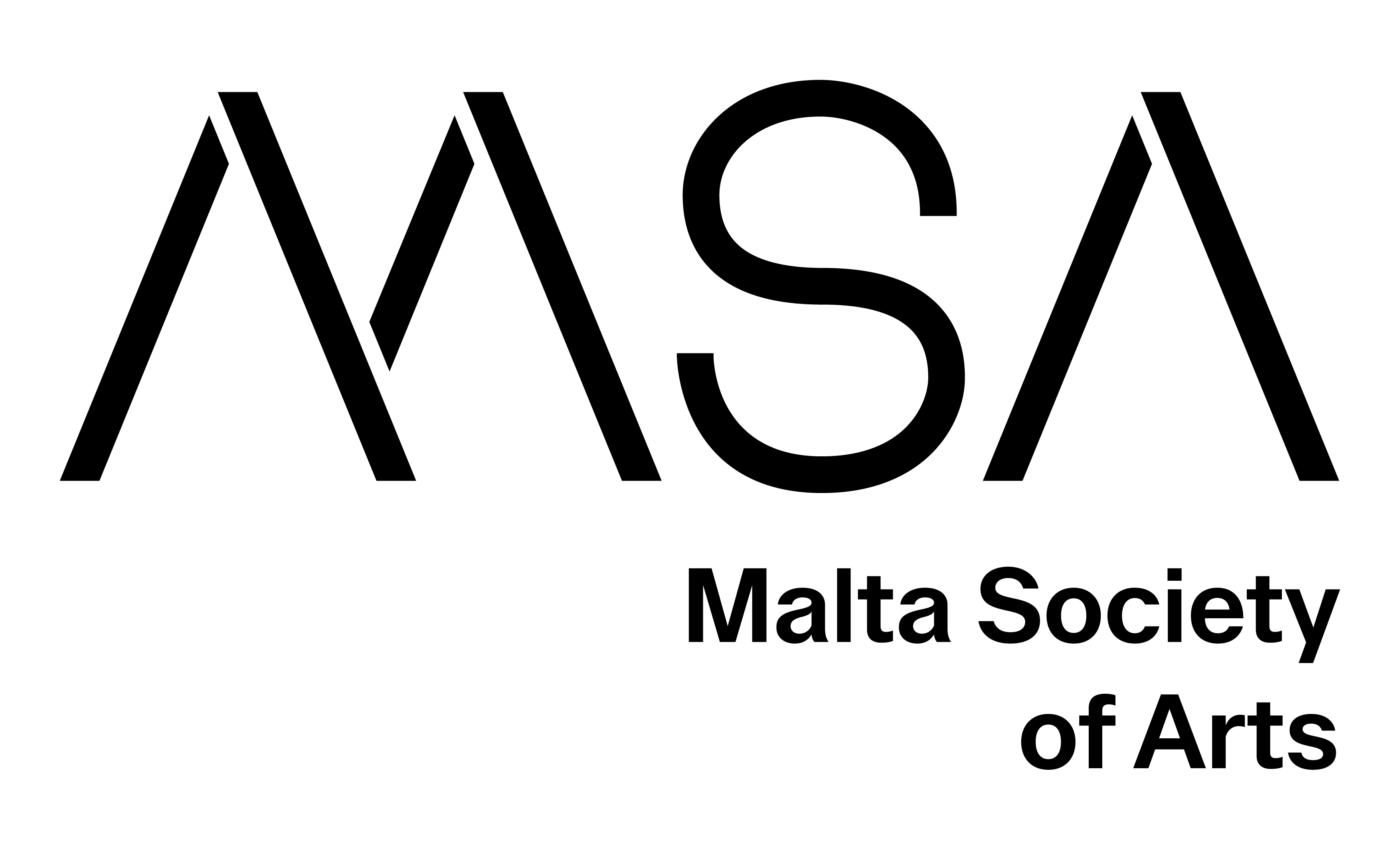The recent pandemic and its related political management brought into power a new state of normativity based on the enforcement of unprecedented methods of controlling and repressing natural, political, social, and artistic human behavior. The acquiescent acceptance of the aforementioned state of exception by the vast majority of allegedly progressive political forces as well as all of the most prominent artistic institutions raises questions concerning the art world’s allegedly established role as a field of transgressive experimentation, aiming towards the liberation of the human body and its controversial practices, needs and ideas. The enforcement of these unprecedented methods of transgressing the Western political subject’s traditionally defined constitutional rights was by all means enabled and facilitated by the recent advances in digital technology, as was the ability of art institutions to substitute -and thus, eliminate- the corporeality of artistic subjects, objects and participants.
Contemplating the puzzling state of the contemporary art world regarding its inability to encompass the human body and its revolutional capabilities, as well as the visible lack of institutionalized fields of transgressive expression, I shall attempt to refer to a rather historically marginalised artistic example, in hopes of raising questions concerning the capability of art history studies to inspire revolutionary contemporary artistic practices. In particular, I will focus my research on the case of the Vienna Actionists, a notorious, highly controversial if not misunderstood group of artists mostly active during the 1960s.
Despite the frequent categorization of their work in the wider context of performance and body art practices that emerged during the period, I will attempt to emphasise the transgressive aspect of their artistic activity, which often led to police intervention, even to judicial conviction and incarceration. Additionally, their refusal to conform to any form of organized artistic or political movement or comply with the expectations of any established artistic institution led to their marginalisation by the forces that dominated the artistic and theoretical discourse of the late 20th century.
Having studied their writings in conjunction with secondary sources, I shall attempt to investigate a subliminal connection with Georges Bataille’s theory of base materialism, despite the lack of any record of such a correlation. In fact, the lack of any such mention by the same art history authorities that overemphasised Bataille’s influence on 1960’s avant-garde and Julia Kristeva’s institutionally integrable notions of the abject, attests to the Actionists’ marginalised place in art history, owing to the unassimilable aspect of their artistic practices. However, not only does their extensive use of human and animal excreta and other non-commodifiable substances provide a link to the theory of the formless, but their use of the human body also epitomises its role as an avatar of social transgression.
Thus, in view of the recent paradigm shift in state and capitalist institutions’ capabilities of control and the sanitarist taboos enforced by the increasingly authoritarian structure of Western societies, I will attempt to assess a paradigm shift in the history of the avant-garde brought by the transgressive use of the human body and its excreta, contemplating its potential role in inspiring or bringing new artistic practices of sanitary and social transgression into the spotlight.
Back







